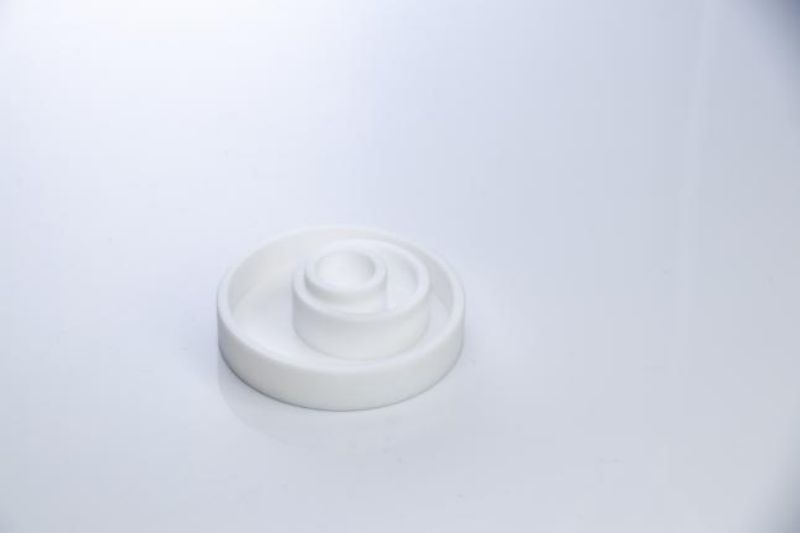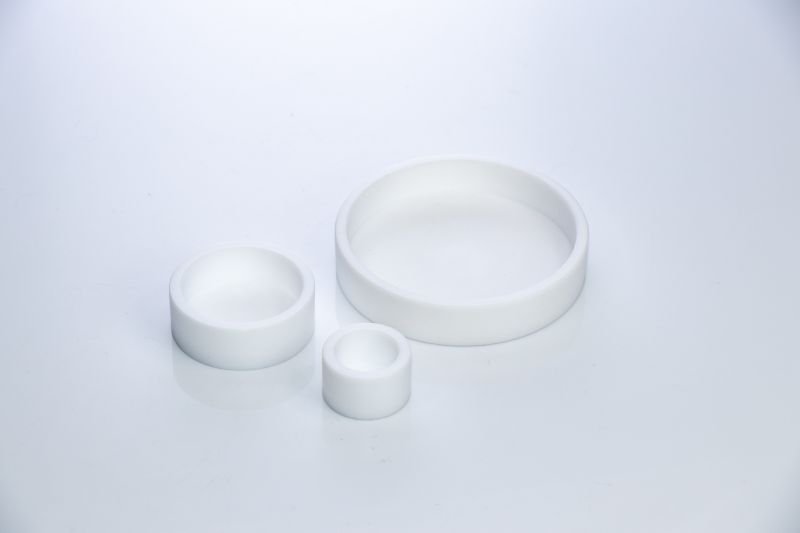Description:
PTFE Petri Dish Lab Bacterial CellsTetrafluoro Culture Dish,Polytetrafluoroethylene material.
Smooth and hydrophobic surface, thickened material, high temperature resistance, acid and alkali resistance, guarding safety.PTFE (Polytetrafluoroethylene) Petri dishes are a common laboratory utensil used for cell culture and microbial culture.PTFE material has excellent chemical and thermal stability and can be sterilised at high temperature.
Spec
| Cat No | Description | Packaging |
|
PYM-030 |
30mm PTFE evaporation dish |
1pcs/pack |
|
PYM-040 |
40mm PTFE evaporation dish |
1pcs/pack |
|
PYM-050 |
50mm PTFE evaporation dish |
1pcs/pack |
|
PYM-060 |
60mm PTFE evaporation dish |
1pcs/pack |
|
PYM-070 |
70mm PTFE evaporation dish |
1pcs/pack |
|
PYM-080 |
80mm PTFE evaporation dish |
1pcs/pack |
|
PYM-090 |
90mm PTFE evaporation dish |
1pcs/pack |
|
PYM-100 |
100mm PTFE evaporation dish |
1pcs/pack |
|
PYM-110 |
110mm PTFE evaporation dish |
1pcs/pack |
|
PYM-120 |
120mm PTFE evaporation dish |
1pcs/pack |
Features:
PTFE Petri dishes are usually available in different sizes and shapes, such as round, square, etc., to meet different experimental needs. In cell culture, PTFE Petri dishes can provide a smooth surface, which is conducive to cell adherent growth. At the same time, PTFE material also has low adsorption properties, which can reduce the risk of cell contamination.
Application:
In addition to cell culture, PTFE Petri dishes can also be used in microbiological culture, tissue engineering and other fields. Because PTFE materials have excellent electrical insulation properties and weather resistance, PTFE Petri dishes can also be used in electrophysiology experiments and environmental monitoring and other fields.
It should be noted that when using PTFE Petri dishes, care should be taken to avoid scratching the surface, so as not to affect cell growth and experimental results. At the same time, the appropriate size and shape should be selected according to the experimental needs to ensure the smooth progress of the experiment.
In addition, PTFE Petri dishes have excellent biocompatibility, non-toxic and harmless to cells, which can ensure the accuracy of experimental results. In microbial culture, PTFE Petri dishes can provide a smooth surface, which is conducive to microbial growth and reproduction. Meanwhile, PTFE material can reduce the risk of microbial contamination due to its low adsorption.
In tissue engineering, PTFE Petri dishes can provide a stable cell growth environment and promote cell proliferation and differentiation. Because PTFE materials have excellent chemical and thermal stability, they can withstand a variety of chemical reagents and autoclave treatments in tissue engineering.
In addition, PTFE Petri dishes also have excellent electrical insulation properties and weather resistance, so they can be used in electrophysiology experiments and environmental monitoring, etc. PTFE Petri dishes have smooth hydrophobic surfaces, thickened material, high temperature resistance, acid and alkali resistance, and guarding safety, which makes them widely used in laboratories.
In conclusion, PTFE Petri dishes are an important laboratory apparatus with a wide range of application prospects. When choosing and using, attention should be paid to selecting the appropriate specifications and types to ensure the accuracy and safety of the experiment.
Picture


Post time: Dec-05-2023

